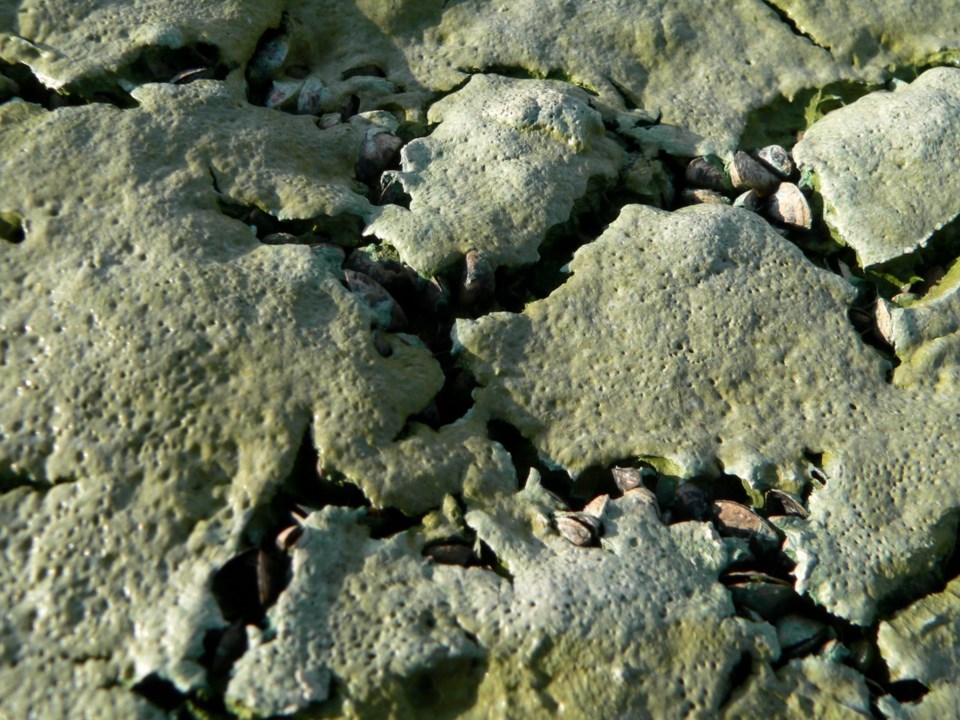On Nov. 5, the Ministry of the Environment, Conservation and Parks along with Public Health Sudbury and Districts (PHSD) announced that the samples taken from Lake Apsey on Oct. 7 came back positive for blue-green algae, containing cyanobacteria that can produce toxins. PHSD advises residents to avoid using or drinking the water where blooms of algae are visible.
“Though the bloom is presently not located near the Espanola Water Treatment Plant intake, PHSD has been informed by the Ministry of the Environment, Conservation and Parks that the plant has an effective barrier to all algae and can reduce the levels of algae toxins found in raw water,” said Burgess Hawkins in a press release. Hawkins is a manager in PHSD’s health protection division. “This means that the municipal drinking water supply is protected."
Blue-green algal blooms have an unusual pea-soup-like appearance with a foul smell. The highest concentration of toxins are usually found in blooms and by scum in the shoreline. But blooms can also appear in other parts of affected lakes due to wind and water action. Dense exposure to the toxins in blue-green algae can be harmful to humans and pets.
“The algae toxins can irritate a person’s skin and, if ingested, cause diarrhea and vomiting. If a person ingests high levels of toxin, they could suffer liver and nervous system damage,” PHSD said in a press release.
PHSD set a few guidelines to follow if you see a bloom near your property:
- Avoid using the water for drinking, bathing, or showering, and do not allow children, pets, or livestock to drink or swim in the bloom.
- Be aware that shallow drinking water intake pipes can pump in blue-green algae.
- Do not boil the water or treat it with a disinfectant, like bleach, because it breaks open the algae cells, which releases more toxins into the water.
- Do not rely on water jug filtration systems as they may not protect against the toxins.
- Avoid cooking with the water because food may absorb toxins from the water during cooking.
- Follow the Ministry of the Environment Conservation and Parks Guide to Eating Ontario Fish. Exercise caution with respect to eating fish caught in water where blue-green algal blooms occur. Residents should not eat the liver, kidneys, and other organs of fish.
To find bodies of water with existing blooms, PHSD provided a link to a map with confirmed blooms here. For more information, visit the PHSD website.
